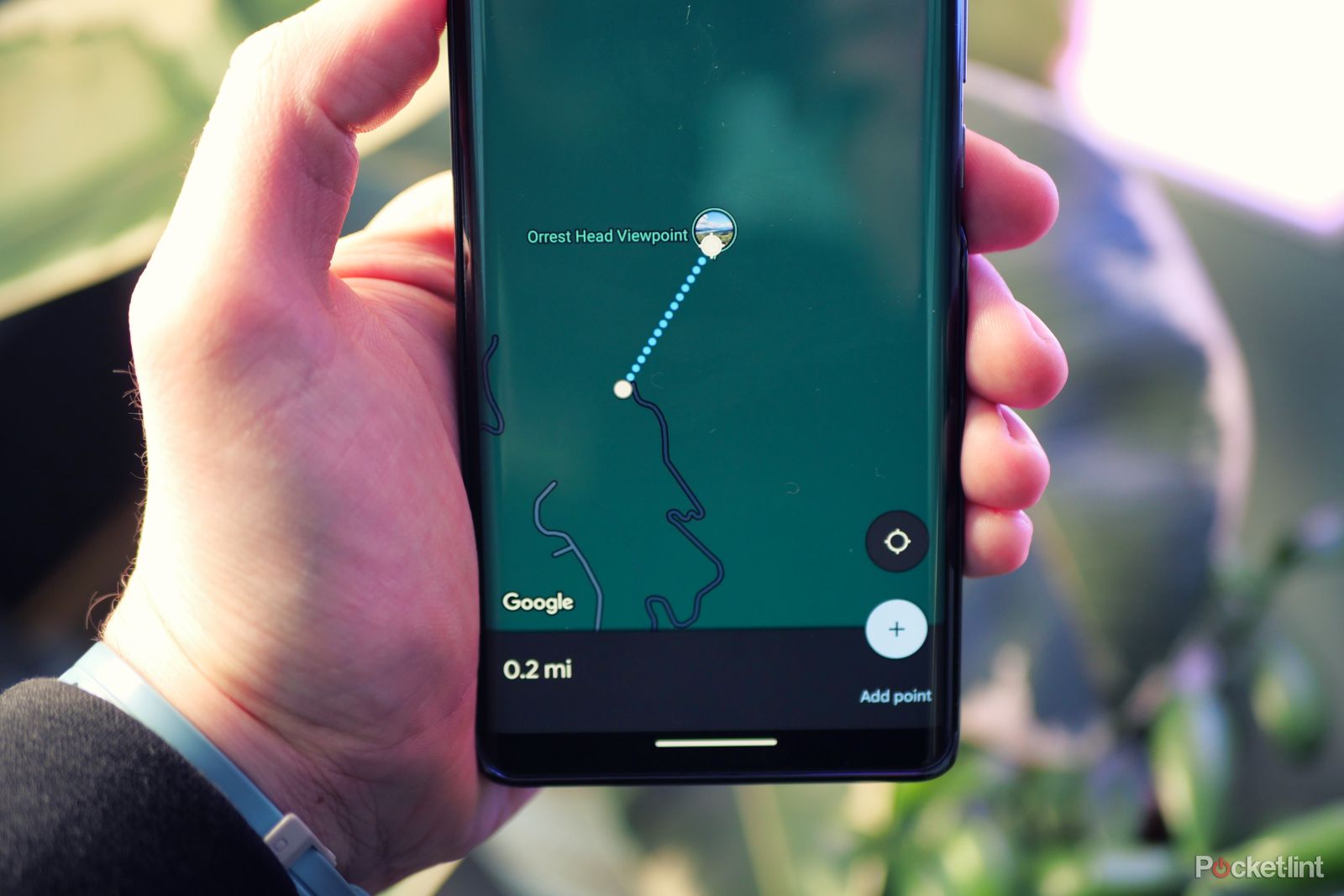Key Takeaways
- Google Maps now offers tunnel navigation, allowing people to find their way underground using GPS even without a direct satellite connection.
- Tunnel navigation relies on Bluetooth beacons installed in tunnels to transmit GPS signals to users’ phones.
- The feature is currently limited to Android devices and certain cities, but availability is expected to expand over time.
GPS navigation has fundamentally changed the way we commute and move around the world. Mostly gone are the days when paper maps were must-haves to find your way around on a road trip. Now, you can simply turn on Google Maps and get where you need to go.
However, even with all the perks of GPS, the tech still has its shortcomings. It works great when you’re under an open sky, but go somewhere with a more obscured view of the sun — an underground tunnel or downtown core, for example — and you’ll quickly see your phone lose connection to the satellites pinpointing your location.
1:01
What is Google Maps AR navigation and Live View and how do you use it?
Get a better view of where you’re going.
It might not be that big of a deal when you know where you’re going, or if there’s only one road ahead, but if you encounter forks, layered overpasses, or conflicting exits — you might be in a bit of trouble.
With its latest navigation feature, Google is trying to help users find their way even in tunnels, ensuring they never get lost. Here’s how the new feature works, and how you can use it on your next trip.
 How does tunnel navigation work in Google Maps?
How does tunnel navigation work in Google Maps?
Tunnel navigation might seem niche, but it can prove to be extremely useful if you’re new to a city and suddenly find yourself lost underground. Losing GPS signal in some situations might be annoying or even stressful, so having the tool enabled can take a load off your mind and help you get where you need to go faster.
You might think that such a technology would be difficult to work out. After all, a GPS signal is easily lost underground. Fortunately, tunnel navigation uses a clever workaround that enables your phone to connect with a satellite without, at least technically, being in direct range of one.
Waze was one of the first to introduce tunnel navigation in 2016, and as the company is owned by Google, it was only a matter of time before the feature made its way to Maps. At the start of 2024, the search giant rolled out the feature to Android users.
As satellite signals can’t travel underground or pass through concrete, Google had to think of a novel way to transmit GPS information. The company eventually settled on specialized, battery-powered Bluetooth devices called Waze beacons. When a tunnel is equipped with them, the beacons at the entrance capture GPS information from overhead satellites and relay that data to the beacons further into the tunnel, essentially providing GPS coverage where the technology wouldn’t normally be available. Then, your phone can connect to those beacons and access GPS information as if it was coming from a regular satellite.
Will tunnel navigation work in every tunnel?
Unfortunately, because tunnel navigation depends on Bluetooth beacons, Google cannot guarantee the feature will work in every tunnel — at least not yet. For now, it’s limited to a few locations. You can use it in cities such as Paris, New York, Sydney and Rio de Janeiro.

How to set up and use an Android Auto wireless adapter in your car
Android Auto wireless adapters allow Android phones to connect to a car’s system without the need for a cable. Here’s how to set up and use them.
With time, this tech is sure to proliferate, so you can be sure that coverage will expand.
How to enable tunnel navigation in Google Maps?
As I mentioned before, even though tunnel navigation has been present on Waze since 2016, it’s a completely new feature for Google Maps users. The ability to use location services in tunnels first appeared in Google’s navigation app in Oct. 2023 as a limited test before the company began rolling out the feature globally in Jan. 2024. However, there are still some limitations to availability.
Firstly, tunnel navigation is only available on Android devices. So if you have an iPhone, you’re out of luck. Google has yet to share information about an iOS release, so Apple users will need to be patient.
If you’re not seeing tunnel navigation on your Android device, you may need to update Google Maps. The feature only appears in the newest build of the app.
Once you’re running the latest version of Maps, here’s how to enable tunnel navigation:
- Open Google Maps.
- Tap your profile picture in the top right corner.
- Select Settings.
- Tap Navigation settings.
- Scroll down to find the Driving options menu.
- Tap the Bluetooth tunnel beacons toggle to enable the feature.
Once it’s turned on, your phone will automatically connect to available
Bluetooth beacons
and continue using GPS even in the longest tunnels.
Trending Products














